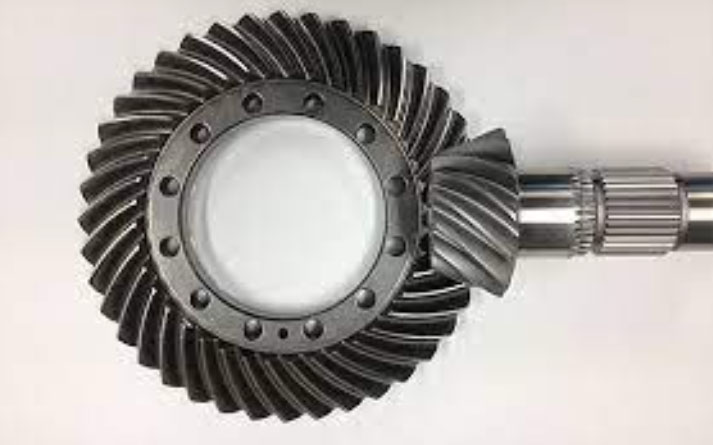
The use and application of hypoid gears continue to evolve as advancements in manufacturing techniques, materials, and design methodologies emerge. As technology progresses, hypoid gears may benefit from these improvements, leading to further optimization and new applications:
- Advanced manufacturing techniques: Developments in manufacturing technologies, such as 3D printing and computer-aided manufacturing (CAM), could enable the production of hypoid gears with even greater precision and at a lower cost. This would make them more accessible and attractive for a wider range of applications.
- Improved materials: Advances in materials science could lead to the development of stronger, lighter, and more wear-resistant materials for hypoid gears. This would not only enhance their performance but also expand their application potential in areas where weight and durability are critical factors, such as aerospace and robotics.
- Design optimization: The use of advanced design and simulation tools, such as finite element analysis (FEA) and computational fluid dynamics (CFD), allows engineers to optimize hypoid gear designs further. This can lead to better load distribution, reduced noise and vibration, and improved efficiency.
- Coatings and surface treatments: New coatings and surface treatments can be developed to reduce friction, wear, and corrosion on hypoid gear teeth. This would enhance their performance and durability, particularly in harsh operating environments or demanding applications.
- Hybrid and electric vehicles: As the automotive industry shifts towards electric and hybrid vehicles, the role of hypoid gears in power transmission may evolve. Hypoid gears could be adapted for use in electric drive units or integrated into hybrid powertrains to provide optimal torque distribution and efficiency.
- Renewable energy: Hypoid gears could also play a role in renewable energy applications, such as wind turbines and hydroelectric generators. Their compact design, high torque capacity, and smooth operation make them suitable for transmitting power in these systems.
In summary, the future of hypoid gears is promising as new advancements in manufacturing, materials, and design technologies continue to emerge. These improvements will likely lead to further optimization and expanded applications, ensuring that hypoid gears remain a vital component in various power transmission systems across different industries.
